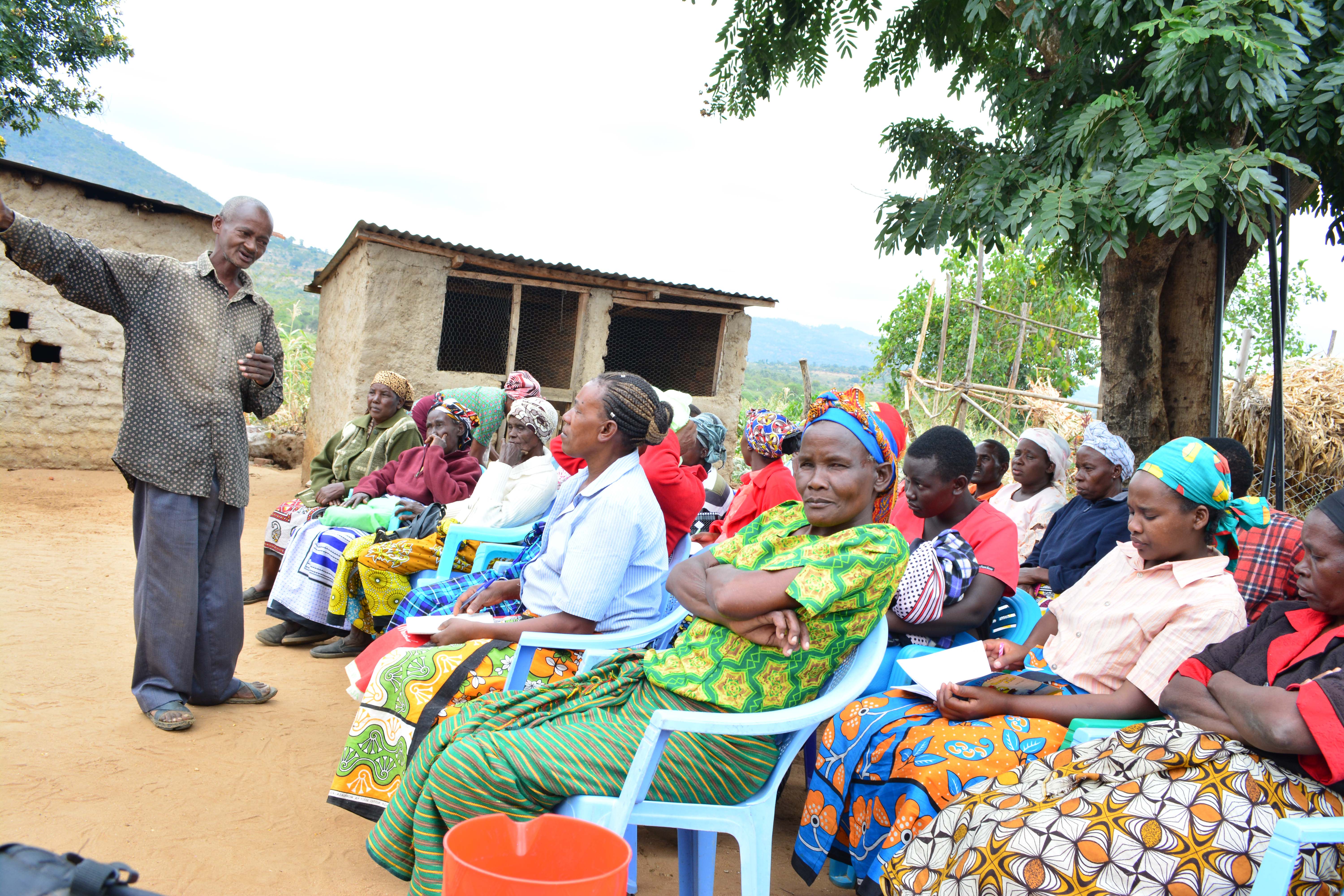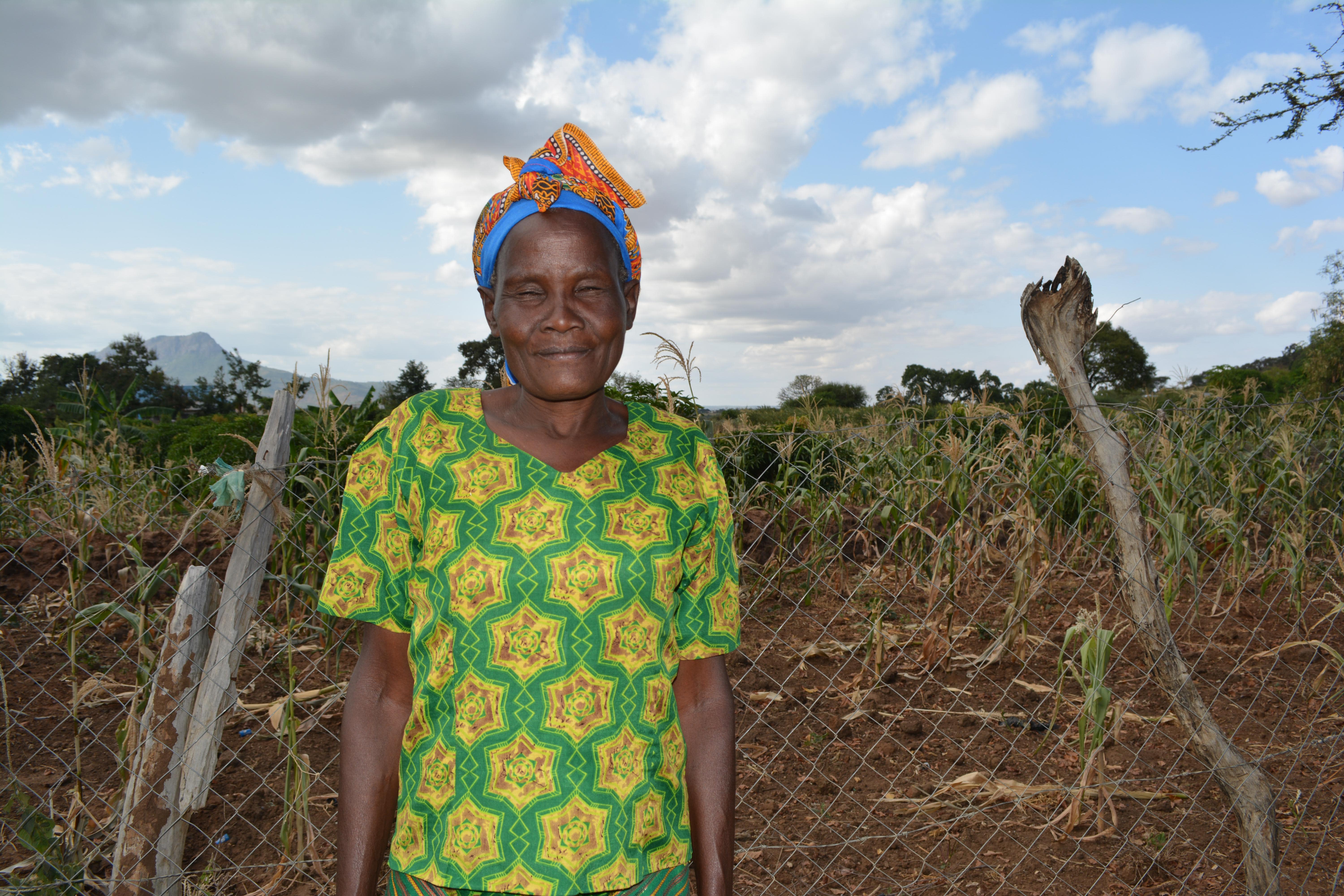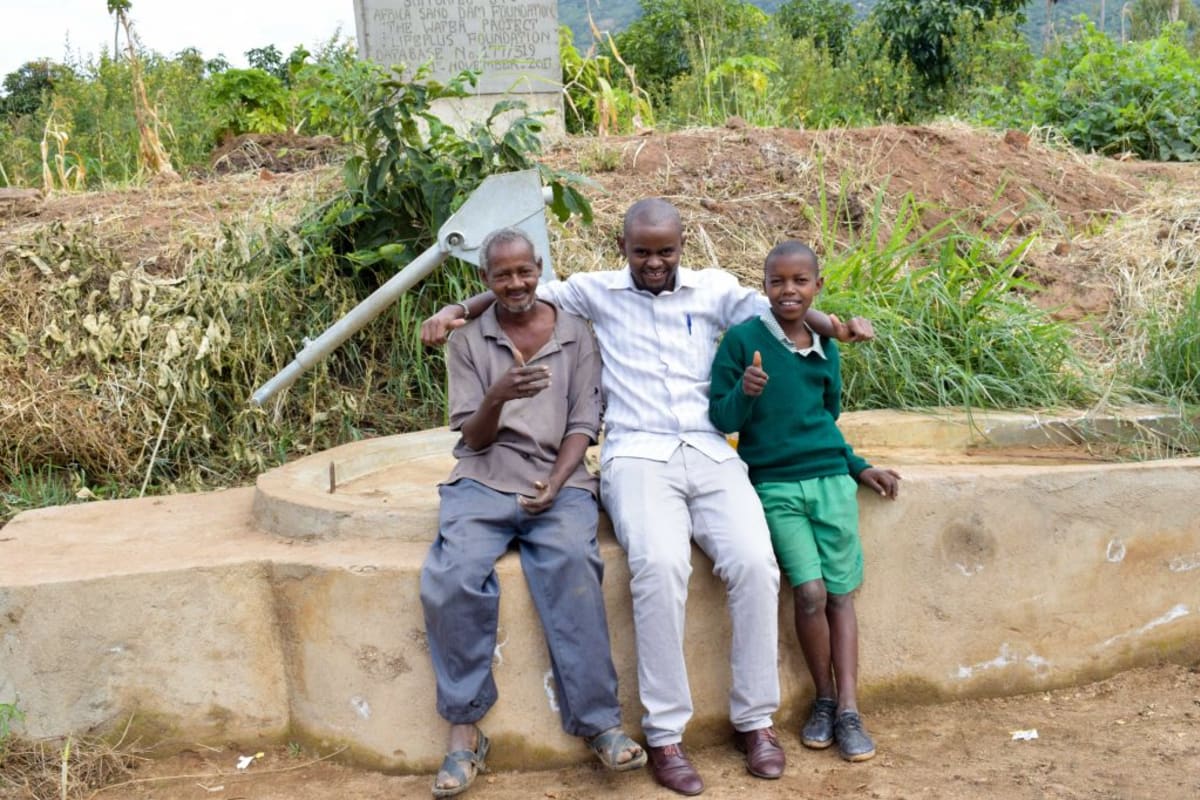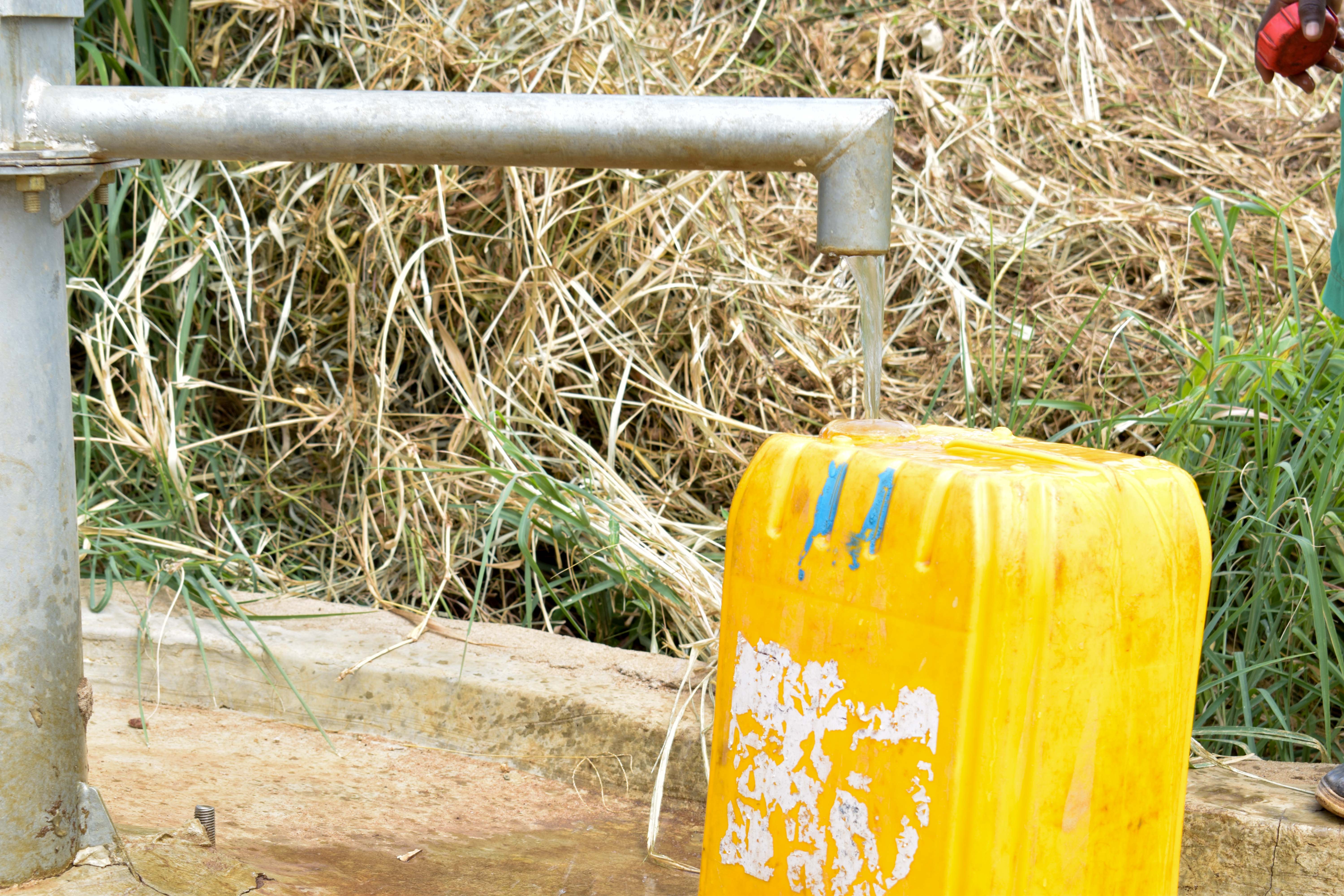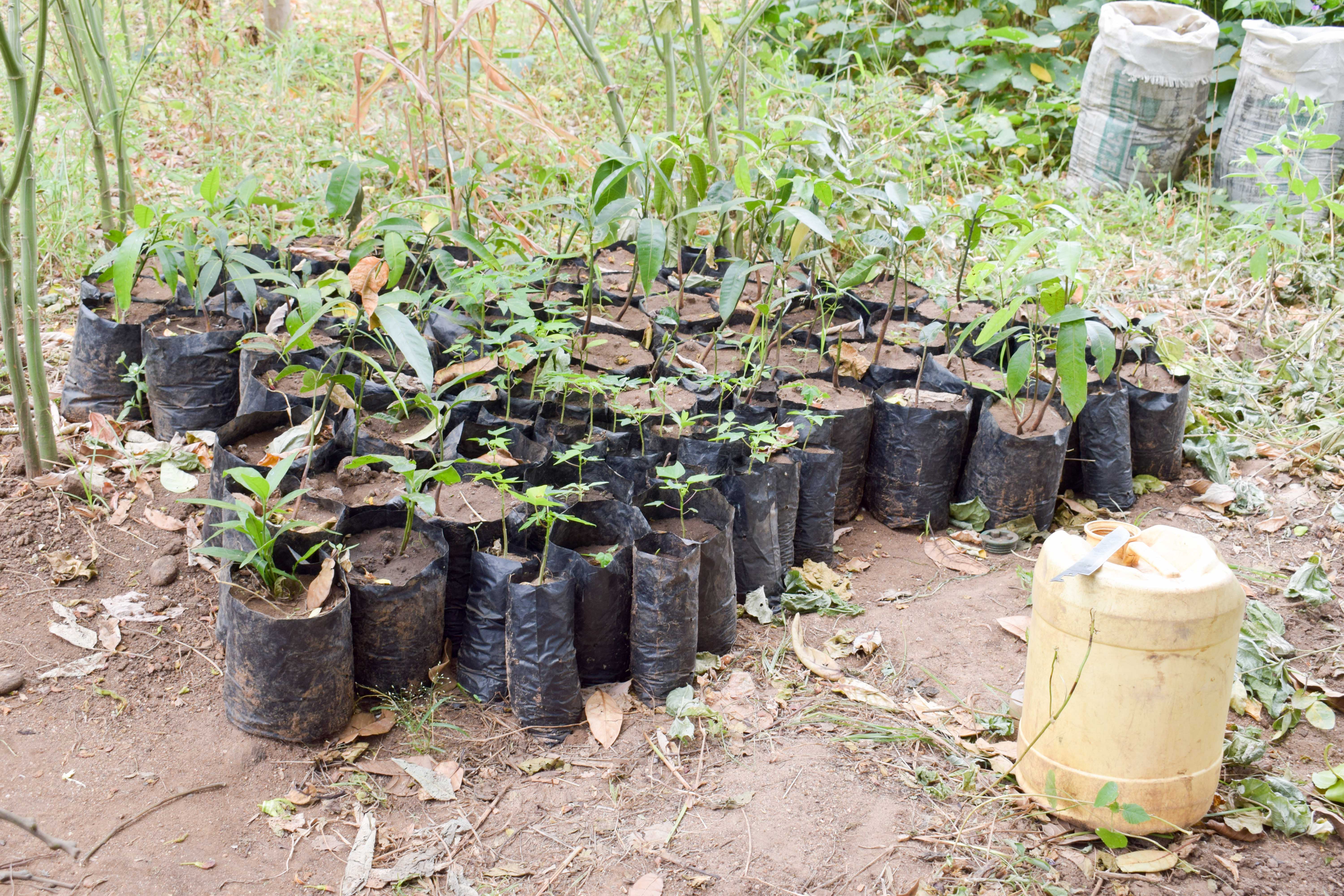This project is a part of our shared program with Africa Sand Dam Foundation. Our team is pleased to directly share the below report (edited for clarity, as needed).
Welcome to the Community
The Twone Mbee Muselele Self-Help Group was formed in the year 2011. It has 47 members of which 45 are women and two are men. It is located in Muselele Village, Mulala, Nzaui District of Makueni County. Muselele Village is home to 800 people.
Since we've been working together two years now, the group already has a water and sanitation committee of 12, of which 10 are women and two are men.
The average household size is six, and the members have an average age of 42.6 years.
The group members came together for common purposes:
- Assist each other in projects of large scale, such as making rods. They say it is much better to work together because they can achieve much more than working alone.
- Construct gabions to help retain water after it rains.
- Establish a merry-go-round financing group (fund share) which supports individuals at certain times, and helps the group bond and develop trust.
Water Situation
The group has worked hard to finish two sand dams and two hand-dug wells since 2015. Whether living near or far, all group members are walking to the oases these systems have created. Some of these sand dams are truly the only water available for miles. (Click to see the first sand dam; second sand dam.)
Drinking water is collected from the protected hand-dug wells adjacent to the sand dams.
Water used for cleaning and watering animals is still drawn from holes dug in the riverbeds, to avoid overcrowding at the wells.
Most adults use 20-liter plastic jerrycans, which are then loaded onto donkeys or ox-drawn carts. If a household is too poor to afford either of those, then the last resort is to carry the water on their backs. However, most households will have at least one donkey. Of late, households that can afford it use motorbikes to carry their water home.
Once delivered home, water is poured in different storage containers depending on intended use. Some water is poured in barrels near the latrine, and a lot is sent to the kitchen. Some families have been able to afford small rainwater catchment tanks, and water can also be poured in there for storage. It’s also common to keep a covered clay pot in the living area so that guests have cool water to drink.
Sanitation Situation
We visited Josephine Kiilu and Annah Muia to hear firsthand about their community's strengths and weaknesses when it comes to hygiene and sanitation.
Thanks to previous hygiene and sanitation training, this group has fulfilled their action plan to have 100% latrine coverage. These are a mix of permanent and semi-permanent structures, depending on the economic status of each household. Some families could only manage to hang a curtain in the doorway.
Over half of group members' families have a hand-washing station, while less than half have useful tools like dish racks and clotheslines.
We were encouraged to discover that women are cleaning their kitchens daily, and most compounds are cleaned on a daily basis too.
Plans: Hygiene and Sanitation Review
We will be holding a day to three days of review to address gaps in the group's implementation. We will applaud their great work on latrines, and encourage them to maintain them. But we will continue to teach the importance of other facilities such as hand-washing stations, dish racks, and clotheslines.
It is likely that due to recent cholera outbreaks in Kenya, we will hold a session on how to prevent cholera and recognize its symptoms.
If time allows, we could also move on to covering income-generating activities like making and selling soap.
Plans: Sand Dam
For every group member to be within one kilometer of a water source, the group must move forward with a third sand dam. The group has selected a spot down the river from their first and second sand dam, and our technical team has already verified the technical viability of this location.
This third dam is projected to be 30.5 meters long and 3.75 meters high.
This new dam will bring more water to families living far away from the first dams. It will raise the water table and transform the land, making it fertile for farming. With the ongoing installation of a hand-dug well (click here to view that project), water from this sand dam will be safely used for drinking.

 Sand Dam
Sand Dam
 Rehabilitation Project
Rehabilitation Project











